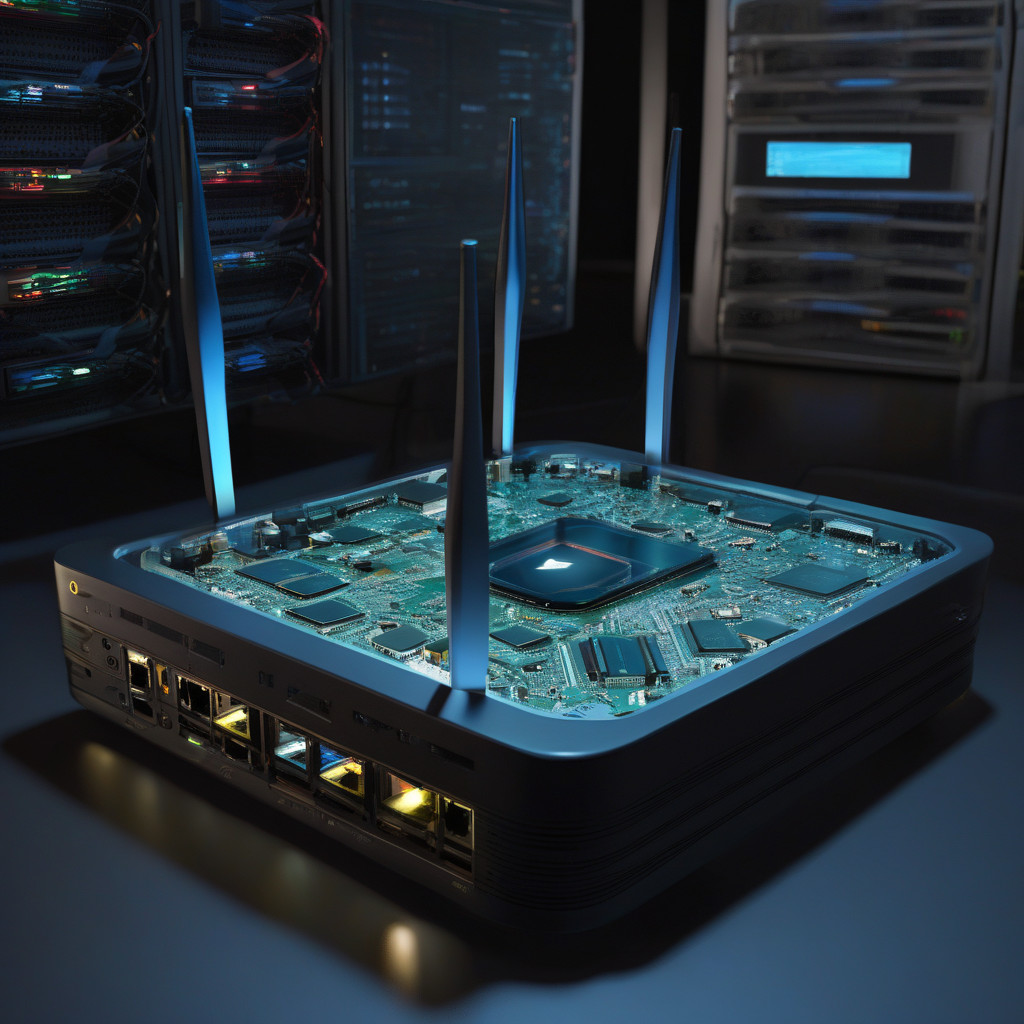In the ever-evolving landscape of cybersecurity threats, the recent exploitation of a zero-day vulnerability in Cambium Networks’ cnPilot routers has sent shockwaves through the IT and development community. Threat actors have seized upon this undisclosed flaw to unleash the AIRASHI DDoS botnet, a variant of the notorious AISURU botnet, amplifying the scale and impact of their malicious activities.
Reports from QiAnXin XLab have shed light on the severity of the situation, revealing that these attacks have been ongoing since June 2024. The decision to withhold specific details regarding the vulnerability underscores the critical need for heightened vigilance and proactive security measures among organizations utilizing cnPilot routers.
The implications of such a targeted exploit are far-reaching and demand immediate attention from IT professionals and developers alike. The deployment of a sophisticated DDoS botnet through a zero-day vulnerability highlights the ever-present risks posed by cybercriminals who are adept at exploiting weaknesses in network infrastructure for their nefarious purposes.
As we navigate this latest cybersecurity challenge, it is crucial to recognize the broader significance of such incidents. Beyond the immediate threat posed by the AIRASHI botnet, this exploit serves as a stark reminder of the constant arms race between security practitioners and threat actors in the digital realm. The ability of hackers to weaponize vulnerabilities underscores the need for a proactive and holistic approach to cybersecurity that encompasses both technical solutions and robust risk management strategies.
In response to this emerging threat landscape, organizations must prioritize the following key actions to mitigate risks and safeguard their networks:
- Immediate Patching and Updates: Ensuring that all cnPilot routers are promptly updated with the latest firmware patches from Cambium Networks is essential to remediate the zero-day vulnerability and prevent further exploitation by threat actors.
- Enhanced Monitoring and Detection: Implementing advanced monitoring tools and intrusion detection systems can help organizations identify suspicious network activity associated with DDoS attacks and botnet activity, enabling swift response and containment measures.
- Security Awareness Training: Educating employees and stakeholders about the importance of cybersecurity best practices, such as avoiding suspicious links and attachments, can help prevent social engineering attacks that may facilitate botnet infiltration.
- Collaboration and Information Sharing: Engaging with cybersecurity communities and sharing threat intelligence can enhance collective defense capabilities, enabling organizations to stay ahead of emerging threats and vulnerabilities.
By adopting a proactive and collaborative approach to cybersecurity, organizations can fortify their defenses against evolving threats like the AIRASHI DDoS botnet and minimize the potential impact of cyberattacks on their operations and reputation. As the digital landscape continues to evolve, staying informed, vigilant, and prepared is essential to safeguarding critical assets and maintaining the integrity of network infrastructure.

